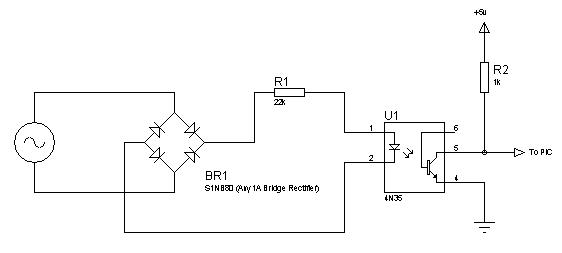the_merovingian
Member level 1
I'm trying to design a circuit to dim an incandescent lamp (220V, 50Hz) from a microcontroller.
Ideally I'd like to use a transformer-less power supply consisting of current limiting resistors, rectification diode and a low current 5.6V zener diode.
The bit I'm having trouble with is the zero-crossing detection, all the ZCD examples I can find use transformers and I was hoping to do this without due to the low power consumption required.
Any help (especially examples) would be appreciated.
Ideally I'd like to use a transformer-less power supply consisting of current limiting resistors, rectification diode and a low current 5.6V zener diode.
The bit I'm having trouble with is the zero-crossing detection, all the ZCD examples I can find use transformers and I was hoping to do this without due to the low power consumption required.
Any help (especially examples) would be appreciated.

